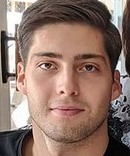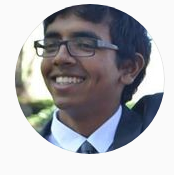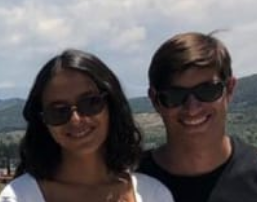June 25 (Adam Morgan)
Adam presented on a 2011 paper of J. Kato and Pusateri concerning an alternative proof of the long-time behaviour of small solutions to the cubic nonlinear Schroedinger equation. This proof utilises the method of space-time resonances, an elegant and easily generalized framework for understanding the long-time asymptotics of nonlinear dispersive waves.


